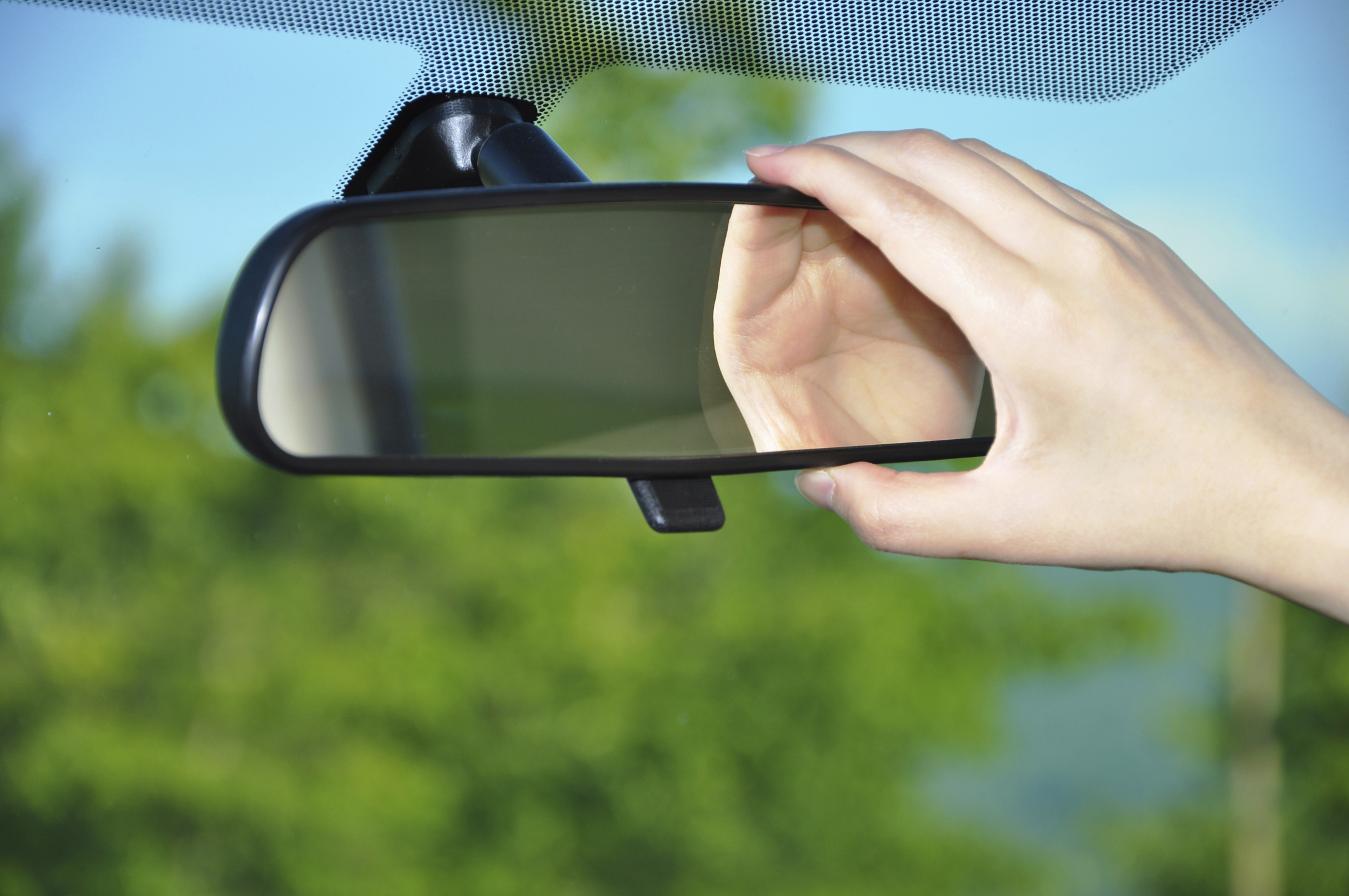Keys to Defensive Driving

The term “defensive driving” almost makes the road seem like a battlefield. Unfortunately, that’s not a bad analogy. Every day, you navigate among people who have the potential to hurt you. Though unintentional, careless drivers threaten your life many times each day. They eat lunch while driving, send and receive text messages, talk on the phone, play with their GPS, put on makeup, light cigarettes and drive unsafe or uninsured cars.
Knowing the rules of the road and trying to obey them isn’t enough; you must defend yourself by driving in ways that will keep you and your car safe. Every time you pick up your car keys, make sure you take Hall Mazda Virginia Beach's keys to defensive driving with you as well.
Always Wear Your Seatbelt
You’ve probably heard it a thousand times, but it bears repeating because it’s so important: Your seatbelt is your first line of defense should a reckless driver slam into your car. The National Highway Traffic Safety Administration estimates that unrestrained drivers and passengers account for approximately 60% of all highway deaths.
Slow Down
When drivers speed, they not only waste gas and break the law, but they also increase their chance of collision. Even when other drivers go too fast for the road conditions, make up your mind that you will keep a safe speed that gives you enough time to react to unexpected danger from another car.
The Weather is Against You
The weather teams up with bad drivers to cause treacherous conditions that can wreck your car. Even in warm weather, rain can reduce visibility and make roads slick. Winter weather presents even more hazards in the form of black ice and snow-covered roads. Defensive drivers should slow down, extend their following distance and stay alert for drivers who have not modified their behavior.
Never Assume
Some of the worst wrecks occur when safe drivers assume that other drivers will behave in a predictable way. For example, some drivers regularly neglect to use their turn signals. Similarly, you should never assume that a car will stop, as many drivers disregard red lights, stop signs, pedestrians, or traffic jams. Never enter an intersection until all cars that should stop, have stopped.
Anticipate
When you see a driver weaving in and out of lanes, pay attention. That car has the potential to put you at risk by cutting in front of your car. Always prepare yourself and adjust your own driving to ensure that are a safe distance away from unpredictable drivers.
Follow at a Safe Distance
Defensive driving requires that you always keep a safe driving distance between your and others’ cars. By leaving three or four seconds between your car and the next car, you will ensure that you have some reaction time in the event of an emergency.
Stay Alert
While driving, always scan the environment around you, looking for potential threats. While driving defensively, stay focused.
Manage Road Rage Properly
A growing problem, especially in urban or heavily trafficked environments, is road rage. When someone starts making verbal or visual threats, don’t match the aggression. Move far out of the way. If a driver starts following you, go ahead and call the police or lead them to the nearest police station. Never let them find out where you live or work.
